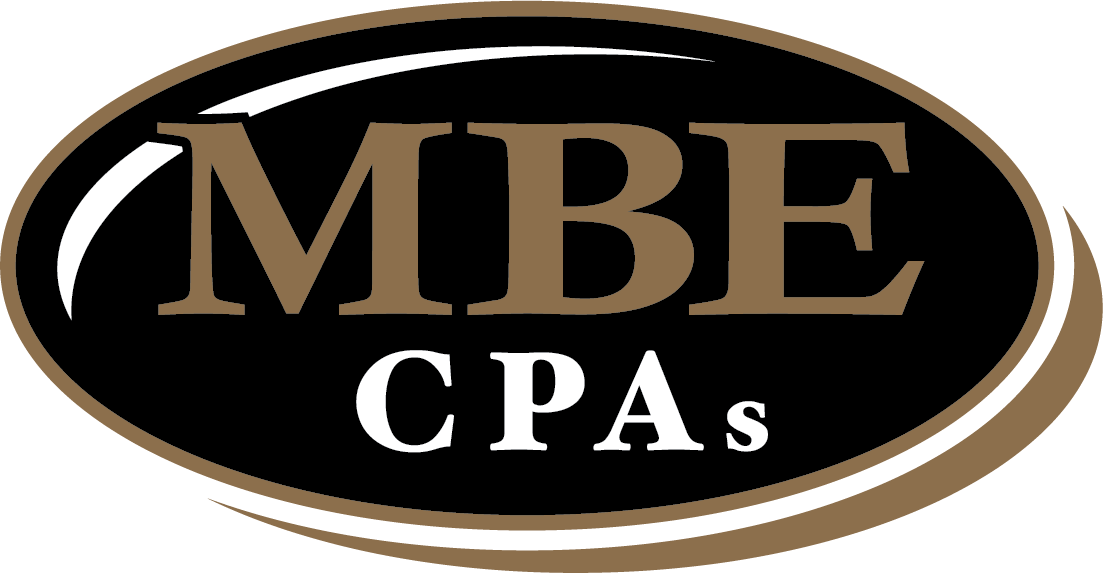Employee Retention Credit 2021 Eligibility

Here’s What You Need to Know
For most business owners, 2020 and 2021 have been difficult due to shutdowns, operation limitations, finding and retaining employees, and all that had come with the COVID-19 pandemic. Late 2020 saw the Consolidated Appropriations Act pass, significantly changing Employee Retention Credit (ERC) eligibility and rules for 2021. It also bolstered other provisions within the CARES Act.
Initially, you could not take the ERC if you received a PPP loan. However, this act allows you to (possibly) take advantage of both.
Many of the Employee Retention Credit provisions are effective January 1, 2021, but some of them are retroactive to the 2020 year.
We’ve outlined what you need to know about the Employee Retention Credit below.
What is the Employee Retention Credit?
The Employee Retention Credit under the CARE Act encouraged businesses to keep employees working. The refundable tax credit is 50% of up to $10,000 in wages paid by an eligible employer whose business was financially impacted by COVID-19.
Qualifications:
In order for your business to qualify for the ERC, you have to be considered a qualified employer. There are two ways to qualify; however, the requirements vary from 2020 to 2021.
2020 Eligibility
In 2020, you may qualify by showing that your sales decreased by more than 50% in any one calendar quarter compared to the same quarter of 2019 (See chart below for details). Or you were either fully or partially shut down due to a mandatory order from a Federal, state, or local government agency and not due to voluntary reasons.
If qualifying by means of gross receipts reduction, the business will receive the credit for the entire quarter they qualify for and the following quarter until the reduction in gross receipts is less than 20%.
If qualifying through a mandated shutdown, you may only apply employee wages paid during the shutdown, which are to be calculated by the number of days and not by the quarter.
2021 Eligibility
In 2021, you may qualify for the Employee Retention Credit by showing that you had a decrease in sales of only 20% in any one calendar quarter when compared to the same quarter of 2019. To qualify for the first quarter of 2021, you may use your fourth quarter of 2020 sales or the first quarter of 2021 for your analysis (See chart below for details). The alternative qualifying method remains the same as 2020, based on if you have to have been either fully or partially shut down due to a mandatory order from a Federal, state, or local government agency, and not due to voluntary reasons.
| Q1 | Q2 | Q3 | Q4 | |
| 2020 | Compare to Q1 2019 | Compare to Q2 2019 | Compare to Q3 2019 | Compare to Q4 2019 |
| 2021 | Compare to Q1 2021 to Q1 2019 or Q4 of 2020 to Q4 2019 | Compare to Q2 of 2021 to Q2 2019 | Compare Q3 2021 to Q3 2019 |
ERC 2020 vs. 2021
The 2020 ERC refundable tax credit is calculated by taking 50% of the first $10,000 in qualified wages per employee in 2020.
The provision for 2021 allows the ERC tax credit to use 70% of the first $10,000 in qualified wages per employee for the first three quarters in 2021
Qualified Wages
The IRS defines “qualified wages” for the Employee Retention Credit as wages paid to employees during the period that operations were suspended or the period of decline in gross receipts. The following expenses may also be calculated with “qualified wages”:
- Healthcare costs for a group health plan and other gross health costs
- Paid sick or disability leave (not paid time off)
- Pensions, retirement plan contributions, and stock options
- Payment by the employer of a tax imposed on an employee
- Payment for a service is not normally in the course of the employer’s business
- Tips (including cash tips)
- Severance Pay
- Any payment that the employee may exclude from their gross income.
| Year | Max per employee | Include All Wages | Include only wages while not working |
| 2020 | $10,000 for the year | Less than or equal 100 FTE in 2019 | More than 100 FTE in 2019 |
| 2021 | $10,000 per quarter | Less than or equal 500 FTE in 2019 | More than 500 FTE in 2019 |
*Full-time employees (FTE) are those who work a minimum of 30 hours per week or 130 hours per month.
Exclusions
- FFCRA paid sick leave and paid family leave
- Wages paid for section F5S paid family/medical leave credit
- Paid time off
- Severance pay for former employees
- Wages used for PPP forgiveness and certain other credits under the CARES Act, as mentioned above.
